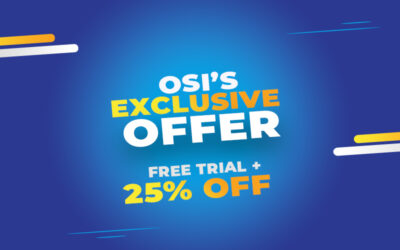Cardiovascular imaging plays an essential role in the practice of cardiology. Technological advancements in ultrasound imaging have allowed the miniaturization of ultrasound units, making them portable enough to be carried to remote communities. Echocardiography enables visualization of the heart directly in real time using ultrasound, providing instantaneous assessment of the myocardium, cardiac chambers, valves, pericardium, and great vessels.
Two research studies were published recently in JACC (Journal of the American College of Cardiology): Cardiovascular Imaging that provides a randomized comparison of time to diagnosis with standard of care referral approach. In the first study, echocardiography researchers successfully performed ultrasound exams using a robotic arm controlled via the internet on patients located at remote locations. This robotic ultrasound exam of a person’s carotid artery in their neck was completed in just four minutes.
According to Partho Sengupta, director of cardiac ultrasound research at Icahn School of Medicine at Mount Sinai in New York, “Our successful experiment opens up a new frontier for the use of remote, robotic ultrasound imaging that could potentially be more efficient and cost-effective overall for healthcare access and delivery.”
In the second study, nineteen patients were randomized to remote consultation and imaging, and nineteen to the standard of care consultation. Study results show that the total diagnostic process time was significantly reduced from 114 to 27 days in those patients receiving remote consultation. Also, the patient’s wait time until obtaining a specialist consultation was reduced from 86 to 12 days, with 95 percent of remote consult patients claiming remote consult to be a superior strategy. Patients said that the remote consultation strategy offered an increased rapidity of diagnosis and the likelihood of receiving faster management compared to the standard of care at the primary healthcare center.
The team was also able to establish a safe and efficient e-health solution to improve the comprehensive, convenient examination of suspected heart failure patients in a rural community.
Individual carriers may have their own requirements in reporting ultrasound procedures – such as to document the report on a separate piece of paper in the patient’s chart or note them separately in the office notes or operative notes. Often diagnostic ultrasound procedures should be summarized in a separate, written paragraph. The results must be documented in the patient’s chart with any permanently recorded images with measurements. Codes used may include:
ICD-10
6A750Z5 – Ultrasound Therapy of Heart, Single
ICD-9-CM
00.02 – Therapeutic ultrasound of heart
It should be noted that in the medical bills that cardiologists submit for reimbursement, cardiac imaging is not indicated if the results will not affect patient management decisions.




